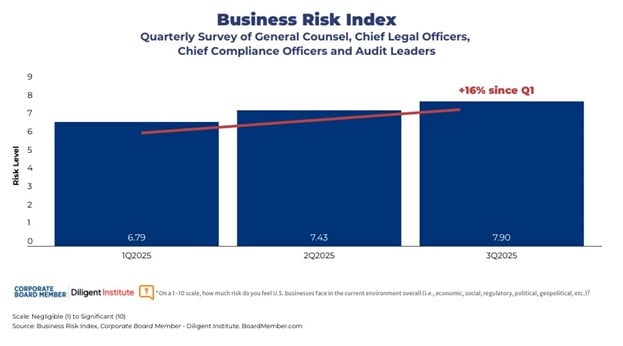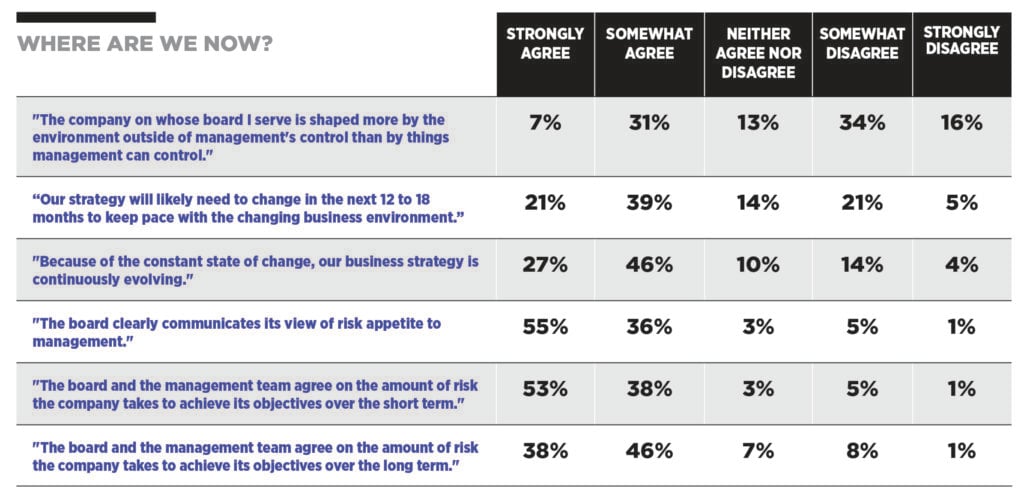The current geopolitical situation is a wake-up call to the world accustomed to outsourcing to China. The 1990s saw the mass migration of manufacturing and supply chains to China to cut costs and was led by the C-Suite. With the increasing geopolitical risk, this trend is reversing. Developing alternatives will be time-consuming and will add cost. Management teams working in isolation to mitigate this risk without the board’s guidance and support are likely to fail. Companies with a proactive board and long-term strategy will emerge as the winners in the new global order.
How did we get here?
October 2022 represents a key milestone in shaping the current geopolitical situation. At the 20th Party Congress of the Chinese Communist Party, Chinese President Xi Jin Ping consolidated his power when he was reelected. The week-long event, which started on Oct 16, 2022, was attended by around 2,300 delegates from the Chinese Communist Party. History was made at the event when Xi secured a third term, breaking norms and governance from the past, and may rule China for the rest of his life.
Political stability was one of China’s pillars of strength that motivated western multinationals to invest heavily in China. According to Bloomberg, inbound foreign direct investment, excluding Hong Kong, reached its peak of $50B in 2008. It was Nixon’s 1972 visit that paved the way for China to open up. China’s continued push towards economic liberalization resulted in the uplift of millions of Chinese out of poverty. However, much to the disappointment of the world, China’s growth in wealth and prosperity did not translate into an open society.
China’s relationship with the west has reached a new low in recent years. China’s confrontational foreign policy has been in the works for at least the last two decades. In the book, Overreach: How China Derailed Its Peaceful Rise, Susan L. Shirk explains how China changed to a global heavyweight, threatening its neighbors and openly challenging the United States. The shift in foreign policy began in the mid-2000s under Xi’s predecessor Hu Jintao, and Xi’s reelection is the tip of the iceberg.
Is there a way out?
Over the years, most multinational companies have become China-dependent, directly or indirectly. Lower costs, coupled with cheap transportation, made it attractive for western companies to outsource manufacturing and assembly. China is the world’s factory, and attempting to untangle the current dependencies will cost significant time and capital.
China is very much aware of its unique value to the world—cost, scale and the ecosystem. The speed at which China established these advantages will take much work to replicate.
In a way, the current geopolitical situation is a wake-up call for the world to look for alternatives. From reshoring to nearshoring, companies are actively exploring alternative options that suit their business model. Supply chain resiliency is the hottest topic in C-Suite, focusing on bringing back production from China. A recent Chief Executive/IEDC survey of CEOs shows 46% of the CEOs surveyed have plans for reshoring, while 26% are considering options for reshoring.
While reshoring combined with automation could be part of the solution, it may not be viable for everyone and need not be the only option. Building a robust supply chain and a network of manufacturing hubs that is not overly dependent on any region or country will be a more pragmatic approach.
How can the board help?
The 1990’s offshoring wave was partly driven by peer pressure. According to a 2021 report by Kearney, peer pressure to reshore is now growing, and manufacturing executives are keenly observing what other companies are doing to inform their decisions. But the path to an optimal solution to address the geopolitical risk will not be easier. Three things boards can do to help management with this strategy shift:
• Acknowledge that the current geopolitical situation is not a passing fad. China will be increasingly assertive as its economy grows.
• Develop alternatives to mitigate manufacturing and supply chain risks.
• Be patient. Unlike offshoring, reshoring will be time-consuming and will add cost. Boards need to be supportive and give management sufficient time to execute.
Developing alternatives may require additional investments, and investors may not like it. When Apple decided to move part of its manufacturing to Vietnam and India, it was not just the parts assembly that was moved. Developing a manufacturing ecosystem in a new country involves several other part manufacturers and a deeper supply chain.
It will be hard for the C-Suite to plan and execute this strategy without the board’s support.
When the dust settles, companies where the board takes an active role in addressing the risk will emerge as the winners.







